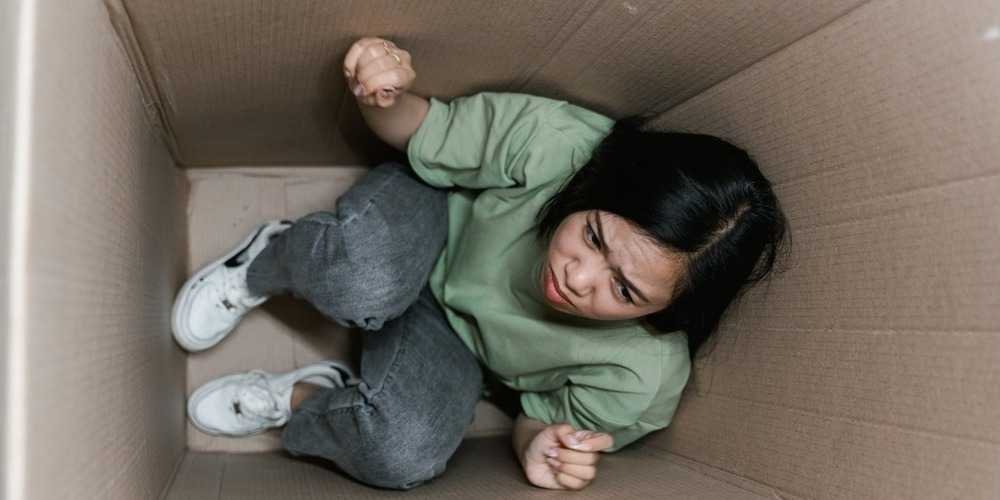
Afraid of Social Interaction, Darkness, and Claustrophobia! Understand the Causes and Treatment of Phobia at Once
Everyone has something they are afraid of, ranging from intangible things, such as fear of the dark and being alone, to fear of snakes, insects, or acrophobia.
Fear is very common in our daily life. If we do not encounter these stimuli easily or the situation is not serious, it does not necessarily require treatment. On the contrary, if the situation is serious, it becomes a phobia. Below we will introduce the details of phobia. Types, causes, symptoms and treatment.
3 major types of phobias
- Specific/Simple Phobia: This is the most common phobia, including fear of specific things, such as animals or people, or fear of clowns, dentists, etc.; fear of the dark or environmental factors such as thunder; or even A certain situation, such as fear of flying or claustrophobia. Certain phobias appear to be hereditary, and it is not uncommon for entire families to fear the same thing.
- Social Anxiety Disorder: People with social phobia are afraid of facing crowds or communicating with others. Patients will also avoid using public restrooms or eating in public places. Children who are shy or withdrawn, or those who were young, Having negative social experiences is more likely to lead to social phobia.
- Agoraphobia: When patients have an attack, they will be afraid of staying in public places that are difficult to leave, such as movie theaters, concerts, or taking public transportation. Many patients will have panic disorder symptoms and physical discomfort. , sweating, trembling or palpitations.

Chronic phobias often develop in adulthood
Phobias in children usually occur between the ages of 5 and 9, and usually only last for a period of time. Most long-term phobias develop later, especially in their 20s. Phobias in adults last longer than in children and are more difficult to resolve on their own. Phobias may increase the risk of mental illness, especially other types of anxiety disorders, depression, or drug addiction.
4 typical symptoms of phobias
- After patients are exposed to specific stimuli, they will experience persistent and endless fear or anxiety.
- Exaggerated and irrational emotional or behavioral reactions to specific things. For example: if a wild dog charges up, it is reasonable to be afraid, but if a tame domestic dog on a leash passes by and is extremely frightened or runs away, then It’s a symptom of phobia.
- The patient will significantly avoid certain things, behaviors or situations,
- Symptoms related to anxiety disorders, such as tremors, palpitations, sweating, shortness of breath, dizziness, etc.
2 treatments for phobias
Almost all types of phobias can be successfully treated. Medications are rarely used to treat phobias. If a doctor prescribes medication, it is usually to reduce the patient’s severe anxiety. The following are two common treatments.
- Specific phobia treatment: Through desensitization therapy (Desensitization), patients are deliberately gradually exposed to the things they fear, and gradually reduce their fear.
- Agora and social phobia: require more time to treat and require professional assistance, such as psychological consultation, psychotherapy or cognitive behavioral therapy.



